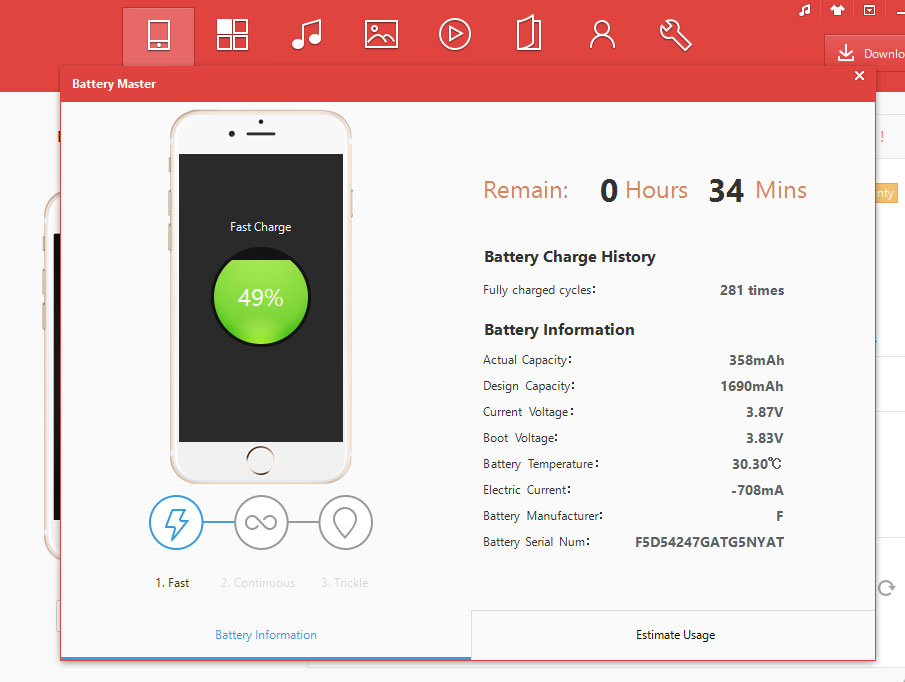

The path is from 1 to 2 then to 7 to 8 and back to 1 again. Another one is from 1-2 to 3-6 to 7-8 and again back to 1. And the third path is from 1-2 to 3-4 to 5-6 to 7-8 then again to 1 back. Each parth that is R1, R2, R3 is called a branch. When we connect batteries in series the voltage is increased. When we connect in series, then we add voltage of batteries together but ampere per hour is different. If we connect a 6 volt battery, 5 ampere hour (A) and a 12 volt 5Ah battery in series will give a supply of 18 volts that is 6 volts+12 volts, and 5 Ah.

Often a three 2 volt cell is 6 volt battery and a six 2 volt cell is 12 volts battery. The battery with lower voltage is charged by the higher voltage just to create balance in the circuits, these are divided into two: All we have done is connected a nine 2 volt cell together to get an 18 volt battery. Primary or disposable batteries: these batteries are not designed to take a charge and so the battery with lower voltage is likely to heat up easily it may heat or bulge and in extreme conditions it may even explode. Secondary or rechargeable batteries: these are little bit better than the lower voltage batteries, primary batteries are not chargeable after a certain point. But the higher volt batteries are rechargeable and will try it anyway. Higher voltage batteries are drained rapidly.īatteries are very brilliant as it’s power to go. But they have a problem, they can only store a fixed amount of electric charge before running out of life. If we are using rechargeable batteries that can work and create lesser problems, we click them in charged mode and then plug in, after a few time they are again new. A rechargeable battery can be charged hundreds of times. So it can last three or four years or even decades, depending on our usage. It saves our money from buying non rechargeable batteries. Now, understanding batteries and how they work: scientists refer to it as electrochemistry, they release stored electricity, they use the power of chemistry. In a flashlight if we click the switch on button, we give a green signal to the chemical reaction. As the current flows, the cells which are inside the battery start to transform themselves. There are two electrical terminals( also known as electrodes) where the chemical reaction takes place The chemicals inside cell stars rearranging themselves. The chemical inside it is known as electrolyte. The chemical reaction going inside pumps around the circuit around which a battery is connected, which provides a power to the flash. There are many electrochemical cells produced, with varying designs and chemical processes, including galvanic cells, fuels cells, flow cells, electrolyte cells and voltaic piles.


 0 kommentar(er)
0 kommentar(er)
